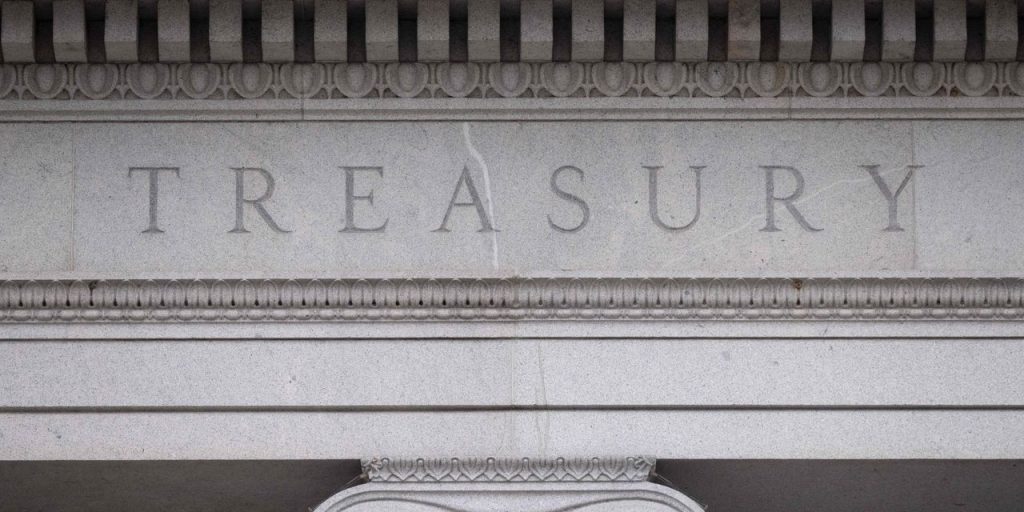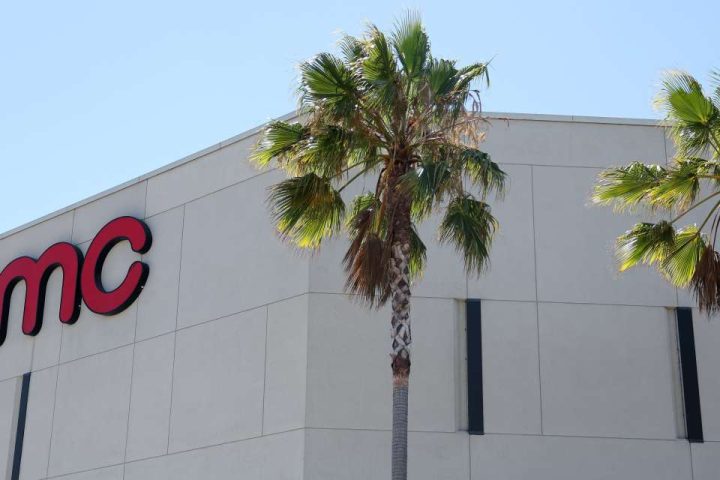JPMorgan Chase & Co. on Friday reported a stronger-than-expected third-quarter profit as the bank benefited from a boost in net interest income and from below-normal credit costs.
JPMorgan Chase
JPM,
Chief Executive Jamie Dimon said that U.S. consumers and businesses “generally remain healthy, although consumers are spending down their excess cash buffers” from the COVID-19 pandemic.
The bank said its profit for the three months ending Sept. 30 rose by 35% to $13.151 billion, or $4.33 a share, from $9.737 billion in the year-ago quarter.
Wall Street analysts expected JPMorgan Chase to earn $3.92 a share.
JPMorgan said its third-quarter revenue rose to $39.9 billion from $32.72 billion in the year-ago quarter, compared with analysts’ forecast of $39.63 billion.
The bank added business from its acquisition of First Republic Bank earlier this year.
JPMorgan Chase’s stock reversed its downward course and rose by 4.7% Friday. On Thursday, the stock fell 0.2%. Prior to Friday’s trades, the bank’s share price was up 8.7% so far in 2023, compared with a 1.46% rise by the Dow Jones Industrial Average
DJIA.
Dimon said the bank delivered “solid” results against a difficult macroeconomic backdrop that worsened in the past week after war broke out between Hamas and Israel.
“This may be the most dangerous time the world has seen in decades,” Dimon said. “While we hope for the best, we prepare the Firm for a broad range of outcomes so we can consistently deliver for clients no matter the environment.”
Also read: Jamie Dimon Key Words on the current geopolitical situation
The bank’s results were boosted by “over-earning on both net interest income and below normal credit costs, both of which will normalize over time,” Dimon said.
Looking ahead, the bank said it now expects 2023 net interest income of $88.5 billion and net interest income excluding markets of $89 billion, up from its earlier estimate of $87 billion from three months ago.
KBW analyst David Konrad reiterated a market-perform rating on JPMorgan Chase and said the bank’s earnings were driven by net interest income that came in 11 cents a share better than expected. JPMorgan Chase’s investment-banking fees fell 2.6% to $1.7 billion but were better than the KBW forecast of $1.55 billion.
Profit expectations for JPMorgan Chase’s third-quarter performance have increased amid the view that its diverse business will withstand the difficult economic environment and volatility in the bond market.
Stephen Beck, managing partner of consulting firm CG42, said Chase has benefited from spending roughly $42 billion on technology in the past three years, and that its business remains less vulnerable to competition than others.
The bank has outperformed its peers on frustrations such as dealing with digital tools and service experiences, he said, while citing his firm’s Retail Banking Vulnerability Study.
“Chase has been the exception because of their tech investment,” Beck said. “Their relationships with younger consumers are paying off because their technology promotes stickier relationships, and so customers are more prone to put more money into the bank.”
At the start of the third quarter, JPMorgan Chase was expected to earn $3.53 a share. Between Sept. 23 and Oct. 23, seven analysts increased their profit target for the bank, two kept their estimate unchanged and only one cut their estimate, according to data compiled by FactSet.
JPMorgan Chase’s five major business lines are Consumer & Community Banking; Corporate & Investment Bank; Commercial Banking; Asset & Wealth Management; and Corporate.
Of the six largest U.S. banks, JPMorgan Chase is the only one with a year-to-date gain in its stock price, although it dipped 0.3% in the course of the third quarter.
Higher interest rates and a spike in bond yields this week have weighed heavily on bank stocks and pressured the profits they make on loans compared with what they spend to maintain deposits in the form of interest payments.
As one of the most visible chief executives in the U.S., Dimon has stayed in the spotlight in recent months with a series of interviews and public appearances in which he flagged geopolitical uncertainty and other challenges in the current economy.
In an interview last month, Dimon said the worst case would be 7% interest rates with stagflation.
“If they are going to have lower volumes and higher rates, there will be stress in the system,” Dimon said. “We urge our clients to be prepared for that kind of stress.”
In the second quarter, Dimon said: “Consumer balance sheets remain healthy, and consumers are spending, albeit a little more slowly. Labor markets have softened somewhat, but job growth remains strong.”
The bank beat its profit target for the second quarter but said the economic outlook remained uncertain when it reported its results on July 14.
Read the full article here







